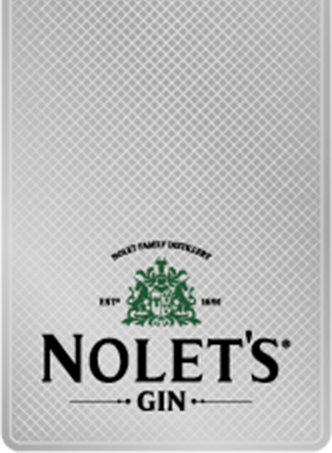Participating in the cocktail revolution requires mixing the finest spirits crafted with fresh ingredients, assembled with stunning bar tools, and served in memorable glassware. Too bad the ice from the freezer is destroying your cocktails. As we enjoy the cocktail revival and all the beautiful and creative aspects of the culture of imbibing, the trickiest element in the modern cocktail is the ice. Freezer ice is not only ugly, but it’s flavor polluting. Inferior cubes melt rapidly and ultimately dilute and degrade the exceptional ingredients expertly combined. Fear not, there are several practical solutions to this quandary.
Making clear, tasteless ice blocks at home is not straightforward, and although possible (we’ll get to that), there are natural “first-steps” to take in shattering the ice conundrum. The science of freezing in a home freezer is this; as water freezes, it begins forming ice on the surface, trapping impurities and bubbles within the cube resulting in a cloudy cube that is not completely solid. Murky, porous cubes melt faster, compromising both the quality and taste of the beverage they’re cooling.
Too bad the ice from the freezer is destroying your cocktails.
In-freezer ice-maker ice takes on the flavor of the freezer in which it lives. Diligence and a couple of easy hacks can fix that. First, it’s essential to keep it clean, with sealed food containers, rotation of contents, and a box of baking soda, for good measure. Change the water filter regularly. If you’re not using a high volume of ice, and it sits more than a day, dump and replenish often to keep it fresh. It’s a good idea to store newly made ice in a sealed freezer bag to keep it fresher longer. If you’re making your own ice cubes, you want them to be as solid and transparent as possible. The best hack is to double boil your water. Using distilled water, boil it, let it cool, and boil it again before freezing. This removes impurities and bubbles.
Ice cube trays have a host of problems, and to be clear, the only solid option for trays is the classic aluminum type because they’re nonporous. Plastic and silicone trays take on the aroma of the freezer they’re stored in and transfer that flavor to the ice. The smell never comes out. Plastic trays can leach both chemicals and flavor into the ice. Novelty cubes from silicone molds are a decent option as long as they’re used correctly. The best method is to freeze the cubes, unmold them promptly, store the ice, and wash the molds with warm soapy water and a touch of white vinegar. Store the molds in a cabinet, not the freezer.
After testing several “clear cube” devices made for home mixologists, we obtained some decent results. Using distilled, double-boiled water in an insulated cooler with approximately 3” of water, freeze uncovered for 8-10 hours, score the ice and cut into blocks with a pick and a sharp knife (and gloves, of course). Shaping the cubes will take practice, but the ice will be dense and clear. The cooler takes up a substantial real estate in the freezer; if that’s an issue, there are commercial insulated 4-square block ice makers that also work well. Using the same water process, you can achieve a mostly clear block that may require a little shaving of bubbles off one side.
It’s a good idea to store newly made ice in a sealed freezer bag to keep it fresher longer.
If DIY is not your thing, there are many clear “gourmet” ice makers on the market in under-counter and stand-alone style machines that produce clear ice chips or small blocks akin to an average bar or restaurant. There are also tabletop systems that produce clear ice “slugs” that can be molded into ice spheres or blocks. These solutions can be costly; however, they deliver a consistent product worthy of a luxury beverage. For special occasions and entertaining, an ice delivery service is a solid option. Available in most areas, an ice service will not only provide shapes that the glassware requires, but also can create personalized messages and custom elements.
Finally, choose your shape, sphere, cube, chip or shard in harmony with cocktail and vessel. This should render a solid ice game for any home mixologist, complementing the beauty of the tipple being served.

